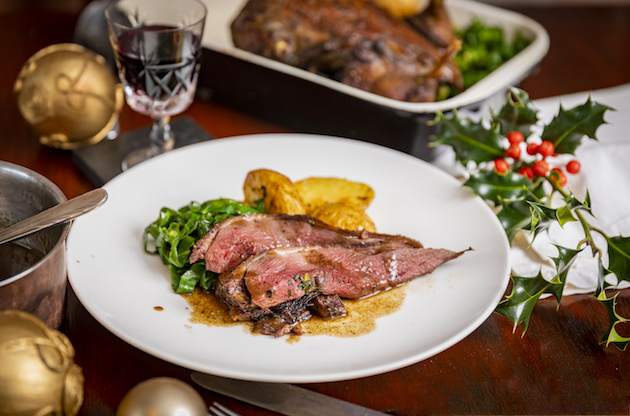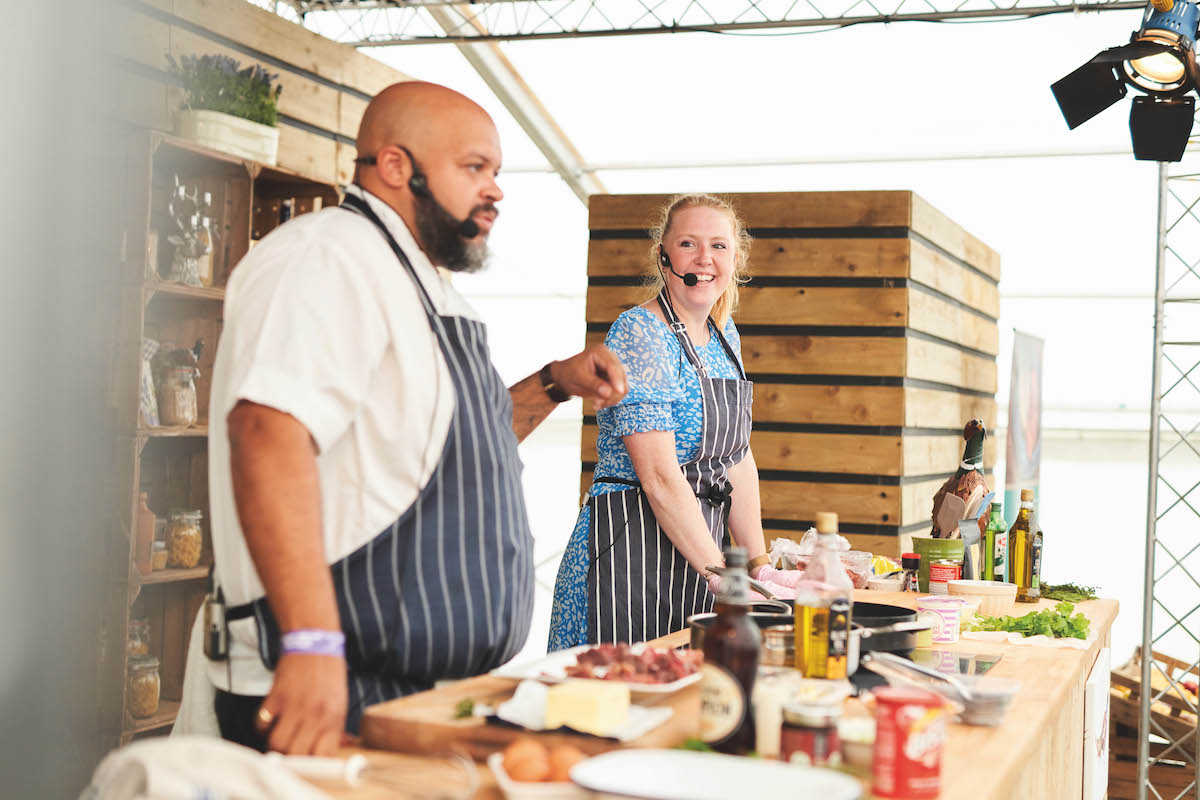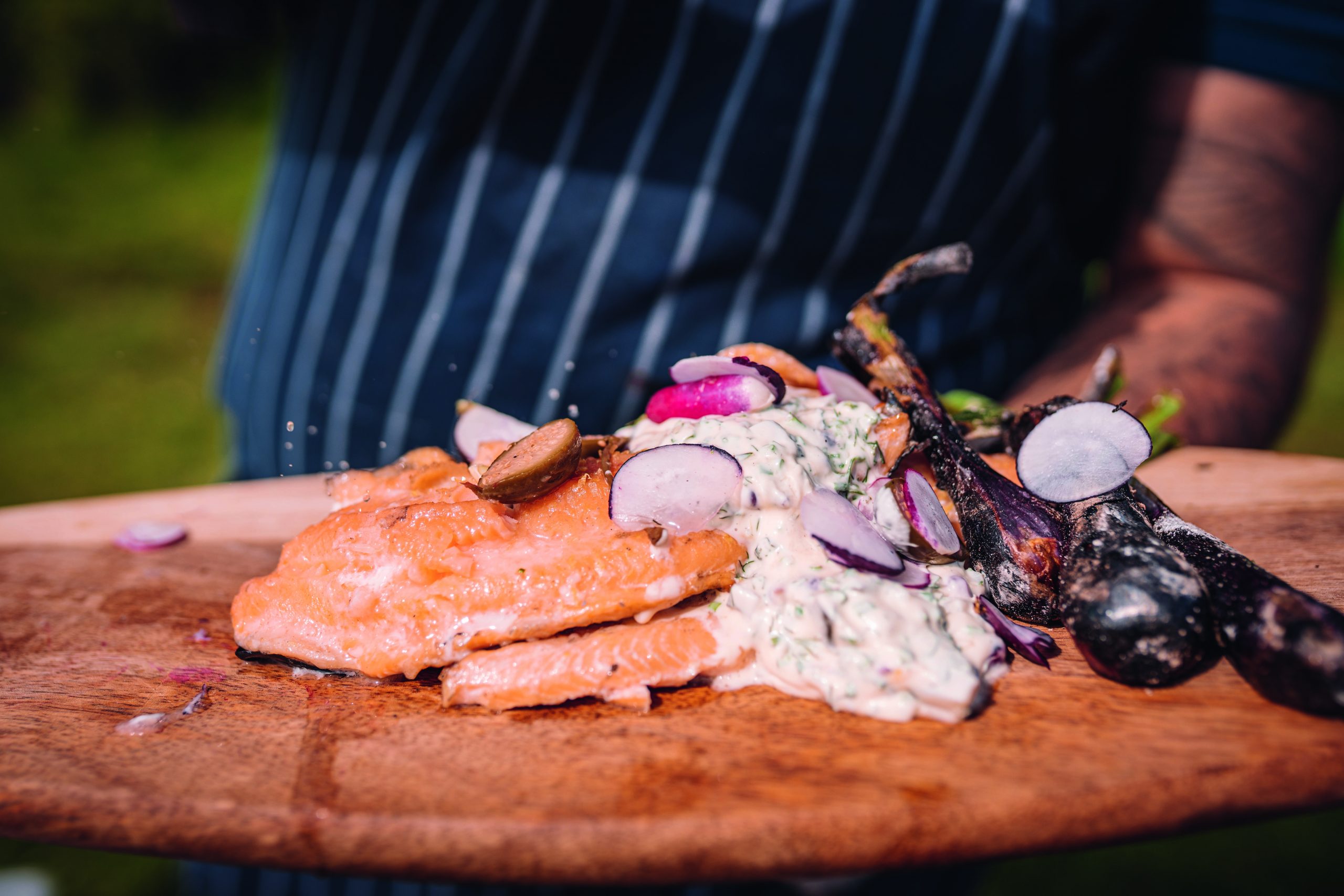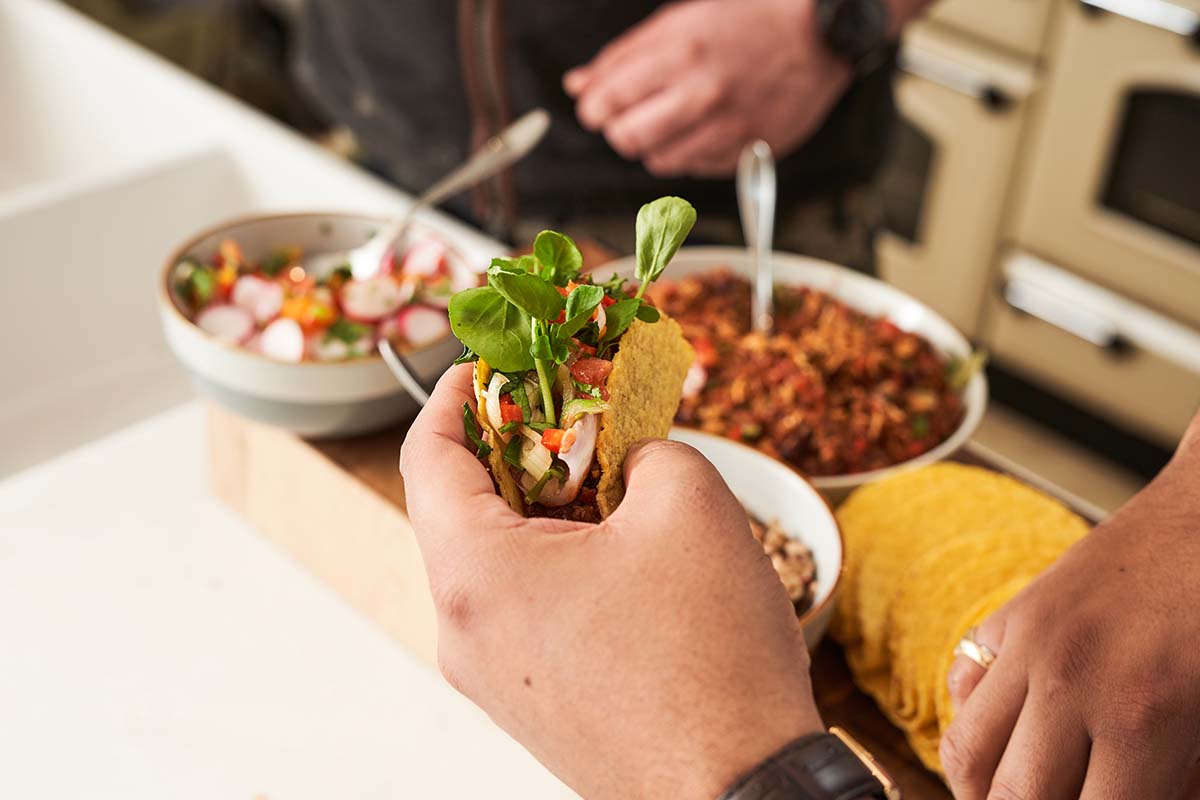Wild roast goose recipe for Christmas
Some claim it’s fishy but wild goose is superb if only you’d learn to cook it, says Tim Maddams. Serves 4-6.

Wild roast goose for Christmas
Farmed geese can be costly and not feed anywhere near as many as you may think. We all know that a truly wild goose would be far better, perhaps even two or three. But they say wild geese are not any good for eating; they are mostly shot for pest control and the meat is very poor. Tough, fishy, livery, gritty are among the adjectives used to describe it.
It seems unlikely that early humans would have gone to the effort of domesticating the greylag — from which most modern domestic goose breeds are derived — if it had not tasted good. There will be those that will argue that they were domesticated primarily for their feathers and the meat was a kind of iffy bonus.
Protein
The point is that geese were domesticated out of necessity — to provide moveable, fresh protein — they are grazers primarily and would have fared well in the semi-nomadic life of their first domesticators.
But why goose at Christmas? It’s straightforward really; a goose hatched in the spring will not be fully, or nearly fully, grown for nine months, so it’s perfect timing. Various wild goose species migrate to our islands for the winter, making a stronger case still for eating goose in winter becoming a tradition. But it doesn’t really matter — surely anything is better than a turkey.
Another interesting point, often made when people are trying to complain to me about goose meat, is that “greylag and pinkfeet are OK but a Canada goose is not nice at all”. I don’t like to contradict knowledgeable wildfowling types, but on this issue I do make a stand — I am fed up with people complaining about wild goose. The meat is delicious; special, truly wild and enormously challenging to cook. And that is the issue. Stop blaming the goose, get a grip and learn to cook it.
It is well worth selecting one or two younger-looking birds for this wild roast goose recipe but if you want to roast your goose whole, I’d suggest you age it well and slow roast it, sacrificing any pink meat in favour of tenderness. But be very careful not to dry it out.
Tenderise
My preferred method to get the best from your foreshore fowl is to pluck it without drawing it, while still quite fresh — only hanging for a day or two — but then ageing the bird in the fridge for another week or so to develop flavour and tenderise the meat. The bird can then be drawn and aged a few more days, eaten straight away, or frozen for later use.
Once the goose is oven ready, you will need to butcher it. Remove the legs from the rest of the carcase and the crown from the back. The legs I remove with a knife, cutting carefully between the breast and leg and pulling the leg downwards and away. Keep the knife close to the carcase to capture as much of the tricky upper-thigh meat as possible.
To crown the goose breasts from the rest of the carcase, turn the whole thing over so that the breast is facing down. With a stout pair of scissors or shears snip the breastbone from the backbone by cutting down between the breast edge and the carcase, starting at the thin end and working towards the wishbones. Some of these bones will be quite tough to snip through. Once done, you should have the two breasts intact on the breastbone.
Cooking the breast on the crown will help to keep the meat tender and stop it shrinking, as well as making it easier to get a nice crisp, rendered skin.
Slow cook the legs for best results, lightly roast the crown on the bone for maximum pink meat and tasty crispy skin, and make a stock for gravy from the remaining carcase. Much of this can be done in advance and reheated later, which will help to make Christmas Day a doddle.
Too much effort? Certainly no more effort than was required to harvest the bird in the first place. And it is Christmas.
A wild roast goose recipe for Christmas with goose gravy
Ingredients
- 1 Goose
- 1 onion
- 2 clove of garlic
- 2 glasses red wine
- 2 bay leaves
- salt and pepper
- 1 sprig rosemary and thyme
For the stock
- The back bone of the bird and any trimmings
- 1 large carrot, scrubbed and chopped
- 1 onion, peeled and chopped
- 2 cloves of garlic chopped
- 1 stem each of rosemary and thyme
- 1 bay leaf
- 2 pints water
For roast goose crown
- Salt
- Pepper
- Goose crown at room temperature
Method
1.To slow roast the legs, chop the knuckles from the leg tops to allow the meat to shrink down the bones and add these to a pan for the stock.
2. Slice the onion and peel the garlic clove but leave it whole. Scatter the onion on to the bottom of the smallest baking dish you have that will hold the goose legs.
3. Place the legs on top and season well. Add the herbs and wine and place in a hot oven for 20 minutes. Turn down the heat to no more than 140°C, cover with foil or a lid and cook for 2 hours or until the meat is easy to remove from the bones.
4. Set aside the legs and add the roasting juices, fat and all, to
the stockpot.
5. To make the stock roast the back bone, chopped into at least 3 pieces, in a tray with the veg and herbs for 20 minutes until coloured.
6. Place the contents of the roasting tray in a smallest pan that will hold the bones and add 2 pints of water. Bring to a boil.
7. Simmer for 2 hours and strain the liquid into a clean pan. Reduce rapidly over a high heat.
8. To roast the crown, start on the stove top. Season the crown and begin to brown the skin — this will render a little fat out.
9. When it is nice and brown place in a roasting oven (220°C) for around 15 minutes or until the breasts firm up and become springy. Remove from the oven and allow to rest.
10. For the gravy, add a splash of red wine to the reduced stock, add the roasting juices and simmer. Add a little finely chopped garlic and thyme, and any resting juices from the crown and simmer until thick and seriously rich.
11. Serve with greens, creamed leeks and some roast spuds — or any combination of vegetables you like.
Carving tip
Pull the bones out of the legs and chop the meat up with the skin on. For the crown, remove the breast by cutting down the keel bone then alone the wishbone. Place the breast flat and slice, not too thinly, lengthways.










